This post originally appeared on the Health Affairs blog.
While the role of data and data sharing and its significance in transforming our nation’s health care system is sometimes overlooked, the Health Care Payment Learning & Action Network (LAN) is taking steps to raise awareness of this crucial aspect of health care payment reform. We should not underestimate the extent by which the data sharing that is needed will generate new business models and new ways of delivering care that improve treatment and the health of our patients.
In the last few years, data and data exchange have emerged as the new currency in health care, a powerful force that is redefining traditional relationships in the health care marketplace as our country moves from a health care system that rewards volume to a quality-based system. The topic is so important that the LAN devoted an entire white paper to the subject. This paper proposes a set of principles for how to integrate data sharing into health-improvement efforts.
Moving Away From Proprietary Data
In order to harness the true potential and power of data and data sharing, providers, payers, and purchasers must be willing to work together to share cost and quality data across the entire health care system — it is no longer acceptable for providers, payers, and purchasers to treat data as a proprietary asset. Patients routinely transition from one provider to another, receiving care and services from different providers, health systems, and health plans. In too many instances, health data does not follow the patient, creating gaps in coverage and leading to fragmented, uncoordinated care that diminishes quality and drives up costs. The white paper, Accelerating and Aligning Population-Based Payment Models: Data Sharing, developed by the LAN’s Population-Based Payment (PBP) Work Group, addresses this issue by recommending that patient data follow every patient.
Developing New Business Models
A growing number of health care stakeholders are implementing alternative payment models (APMs) that reward payers, purchasers, and providers for achieving better care and outcomes at a lower cost for both individual patients and patient populations. In addition to data sharing, the PBP Work Group identified three other priority areas foundational for the success of population based payment models:
Within this realm, data sharing serves as a linchpin for improving care, tying together disparate parts of the health care system to enable seamless health care transitions that promote continuity of care for patients. To achieve this goal, the Work Group made the following recommendations, which I support:
- A national or regional repositories for storing the data.
- Collect and use non-patient identifiable cohort data that encompasses both cost and quality. This type of data will give us insights on how to fundamentally redesign our systems to better care for patients with multiple chronic diseases as well as patients who require fewer health services.
- National standards defining what the data should entail.
- Mechanism that enables patients, providers, purchasers, and payers to work together to share data and collaborate in improving patient care and outcomes. The mechanisms can vary in different places across the nation.
Making Strides Nationwide
As a nation, we have learned a great deal about data sharing in the past several years. In the 1990s, industry leaders believed we could fundamentally change our health care system by changing reimbursement rates for hospitals and physicians. We now know that is not enough.
We have also learned that claims data must be shared with providers in as close to real time as possible to influence treatment behaviors and patterns. There is also the realization that claims data is not enough; to change provider and patient behavior in real time, access to both claims and health care patient-centered or patient-reported data are critical.
While the U.S. health care system is a long way from implementing widespread data sharing in either the public or private sectors, there are some bright spots that have made tremendous strides in the area of data sharing in the last few years. New entities such as the Health Transformation Alliance, which represents almost seven million employees of self-insured companies, are now aggregating health care data on their employees in an effort to implement value-based care. And a number of provider organizations are willing to share information with patients and their families about what physicians, nurses, and others involved in caregiving have documented in the progress notes that pertain to specific patients.
This development would have been unheard of even a few years ago. The innovative value-based models to improve chronic care management, maternity care, and high-cost procedures developed by leading purchasers like those in the Pacific Business Group on Health have required extensive and open data sharing as a condition of provider participation. The LAN’s Data Sharing white paper profiles additional organizations that are incorporating data-sharing methods into APMs.
Challenges In Changing Perceptions
Before we can truly embark on data sharing across the U.S. health care system, we must change our perceptions of data and data exchange. Many health care entities still view data as proprietary, something that should never be shared outside of the organization. Questions about who can and cannot access the data within a given organization should be replaced by questions on how the data and data sharing can best benefit our patients.
As early as 2001, when I was president of Geisinger Health System, we made a strategic decision that all of our electronic health care data should be viewed in a non-proprietary fashion for all those involved in caring for our patients. I was convinced that Geisinger should compete on how best to transact the data to the benefit of our patients not on initiating secondary business models for a proprietary data set.
I was convinced then and I am convinced now that data and data sharing should be viewed as a public good, a means of improving care for our patients in the most cost-effective manner possible. Overcoming prevailing mindsets about data and significant security issues is not a glib challenge. Most health care entities still do not want to share data with competing entities. And many patients, especially those with behavioral or mental health issues, are extremely reluctant to have their data shared if there’s not an absolute guarantee that the information will be used for the patient’s own benefit.
Market Approaches
My work experiences have taught me that market forces are the key to driving innovation. A market-based approach is always more efficient and effective than top down mandated or regulatory approaches. Efforts to implement widespread data sharing will take time, moving along in incremental steps that will require fundamental changes in all the relationships among payers, providers, purchasers, and patients. But what will ultimately catalyze the change will be proof of benefit to the people who are being served by both payers and providers.
There are multiple experiments out there including accountable care organizations (ACOs), the various Pacific Business Group on Health experiments, and vertically integrated systems that are either based on fiduciary structure or virtual where two things are happening. First is the change in the incentive from fee-for-service to population-based, or outcome-based payment, and second is the transformation in the relationship between those who pay for care and the those who actually provide the care, including a fundamental change in the interface between claims data and its analysis, and the health care prevision data and its analysis. When it becomes obvious that health care is provided at superb quality and lower cost, and that the health status in many of these experiments is improved over what we have now as a baseline, that will continue to catalyze the change away from the fragmented, fee-for-service, polarized payer/provider relationships, and proprietary use of health care information.
The LAN, through its ongoing work, is changing perceptions and views about how payment reform should happen, and these new mindsets will engender systematic changes in our health care culture. There is work yet to be done and the LAN is currently developing concrete plans for addressing the practical needs required to make data sharing for PBP models work. With its various Work Groups, the LAN is engaged in a high level of consensus building, bridging the divide between fee-for-service and valued-based care by proposing new ideas and concepts that will ultimately result in a system that rewards providers for the quality of care they provide to their patients. The LAN has brought renewed energy and focus to the topic of data sharing and other issues that are fundamental to moving us from a volume to a quality-based system.
Please note that guest blogs from Guiding Committee and Work Group members represent the views of the individual authors and do not represent official positions of the Guiding Committee, Work Groups, CAMH, or CMS.

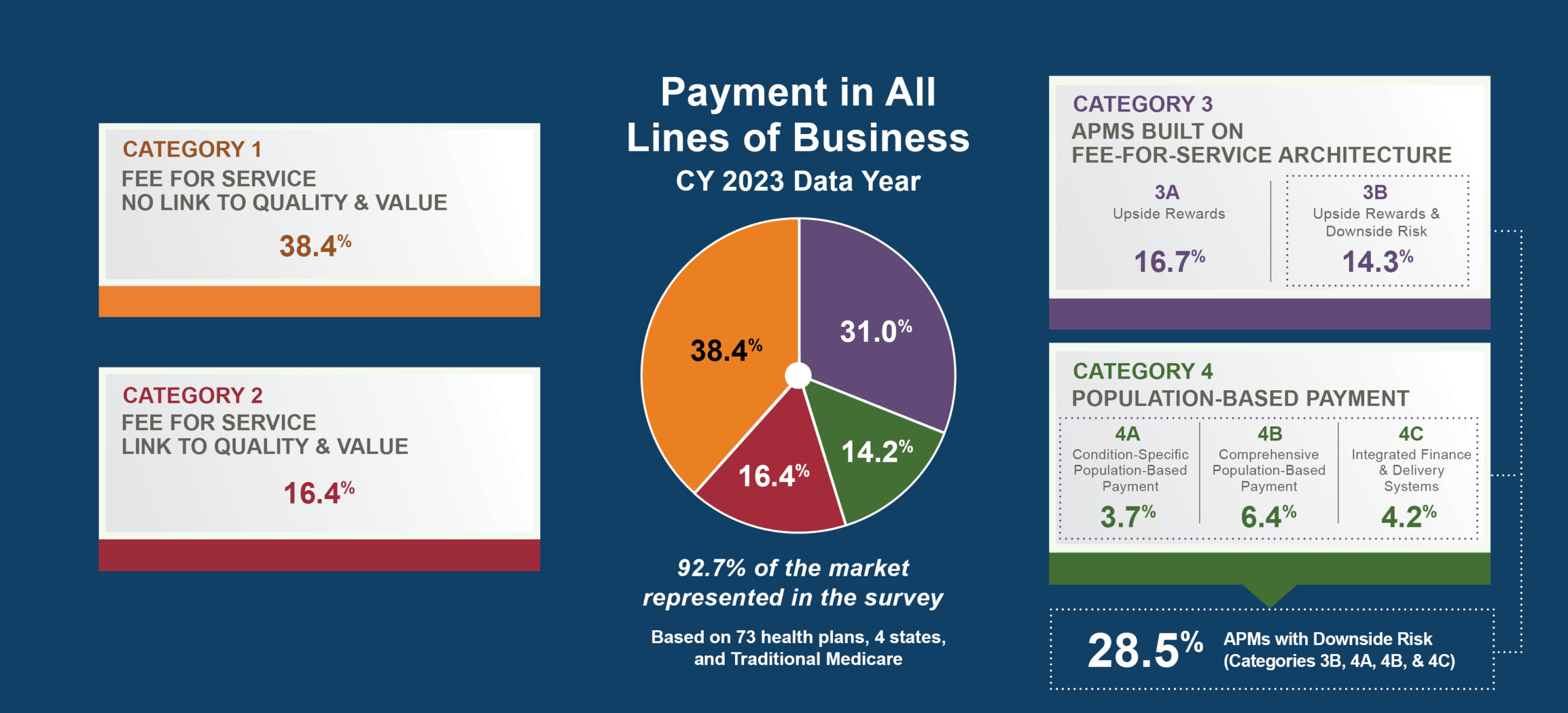

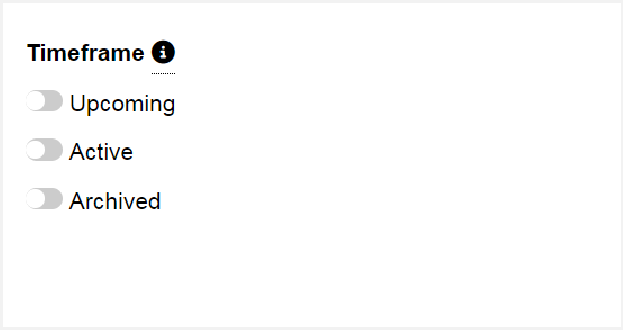
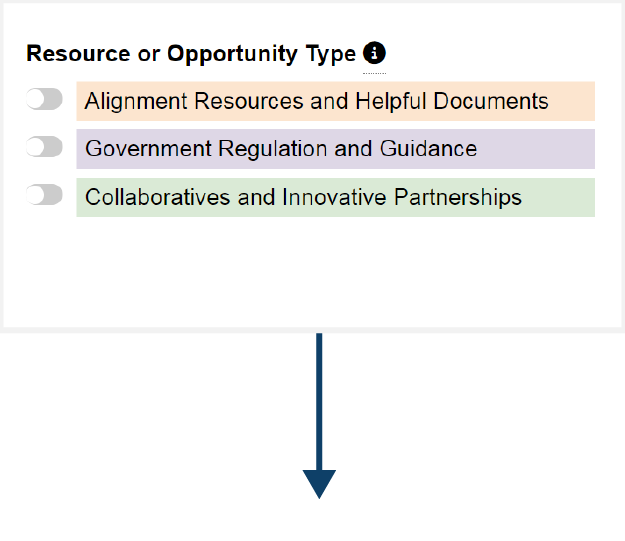
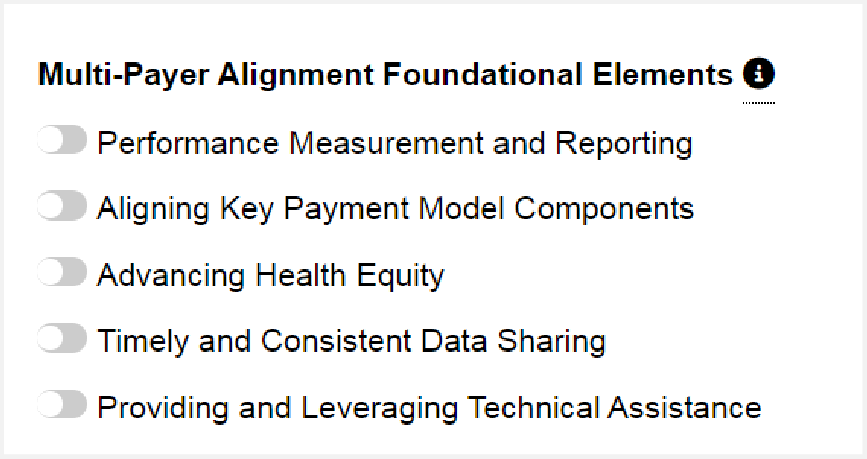
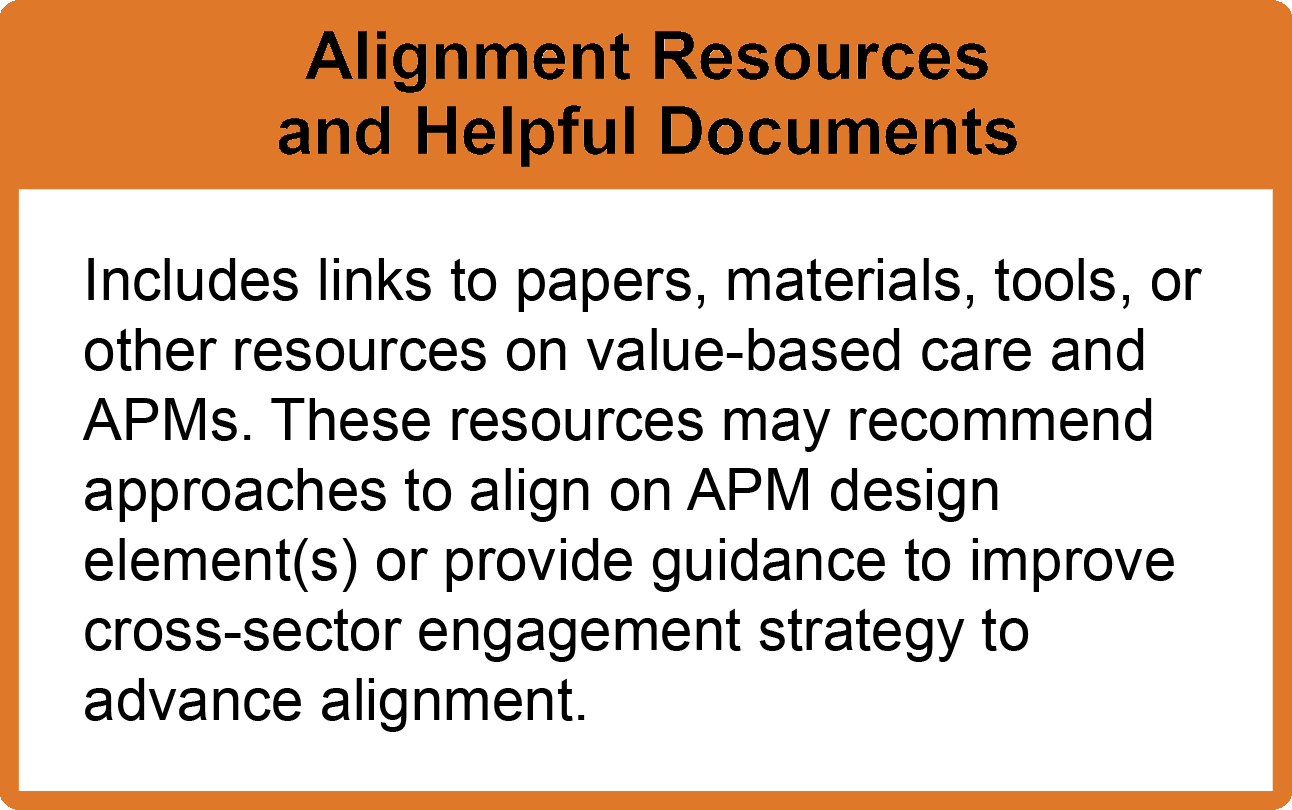



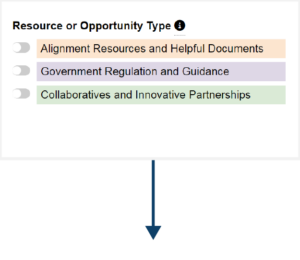


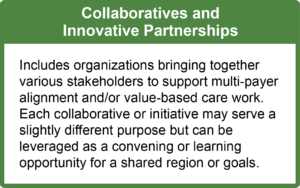


 Emily DuHamel Brower, M.B.A., is senior vice president of clinical integration and physician services for Trinity Health. Emphasizing clinical integration and payment model transformation, Ms. Brower provides strategic direction related to the evolving accountable healthcare environment with strong results. Her team is currently accountable for $10.4B of medical expense for 1.6M lives in Medicare Accountable Care Organizations (ACOs), Medicare Advantage, and Medicaid and Commercial Alternative Payment Models.
Emily DuHamel Brower, M.B.A., is senior vice president of clinical integration and physician services for Trinity Health. Emphasizing clinical integration and payment model transformation, Ms. Brower provides strategic direction related to the evolving accountable healthcare environment with strong results. Her team is currently accountable for $10.4B of medical expense for 1.6M lives in Medicare Accountable Care Organizations (ACOs), Medicare Advantage, and Medicaid and Commercial Alternative Payment Models. Victor is the Chief Medical Officer for TennCare, Tennessee’s Medicaid Agency. At TennCare, Victor leads the medical office to ensure quality and effective delivery of medical, pharmacy, and dental services to its members. He also leads TennCare’s opioid epidemic strategy, social determinants of health, and practice transformation initiatives across the agency. Prior to joining TennCare, Victor worked at Evolent Health supporting value-based population health care delivery. In 2013, Victor served as a White House Fellow to the Secretary of Health and Human Services. Victor completed his Internal Medicine Residency at Emory University still practices clinically as an internist in the Veteran’s Affairs Health System.
Victor is the Chief Medical Officer for TennCare, Tennessee’s Medicaid Agency. At TennCare, Victor leads the medical office to ensure quality and effective delivery of medical, pharmacy, and dental services to its members. He also leads TennCare’s opioid epidemic strategy, social determinants of health, and practice transformation initiatives across the agency. Prior to joining TennCare, Victor worked at Evolent Health supporting value-based population health care delivery. In 2013, Victor served as a White House Fellow to the Secretary of Health and Human Services. Victor completed his Internal Medicine Residency at Emory University still practices clinically as an internist in the Veteran’s Affairs Health System. Tamara Ward is the SVP of Insurance Business Operations at Oscar Health, where she leads the National Network Contracting Strategy and Market Expansion & Readiness. Prior to Oscar she served as VP of Managed Care & Network Operations at TriHealth in Southwest Ohio. With over 15 years of progressive health care experience, she has been instrumental driving collaborative payer provider strategies, improving insurance operations, and building high value networks through her various roles with UHC and other large provider health systems. Her breadth and depth of experience and interest-based approach has allowed her to have success solving some of the most complex issues our industry faces today. Tam is passionate about driving change for marginalized communities, developing Oscar’s Culturally Competent Care Program- reducing healthcare disparities and improving access for the underserved population. Tamara holds a B.A. from the University of Cincinnati’s and M.B.A from Miami University.
Tamara Ward is the SVP of Insurance Business Operations at Oscar Health, where she leads the National Network Contracting Strategy and Market Expansion & Readiness. Prior to Oscar she served as VP of Managed Care & Network Operations at TriHealth in Southwest Ohio. With over 15 years of progressive health care experience, she has been instrumental driving collaborative payer provider strategies, improving insurance operations, and building high value networks through her various roles with UHC and other large provider health systems. Her breadth and depth of experience and interest-based approach has allowed her to have success solving some of the most complex issues our industry faces today. Tam is passionate about driving change for marginalized communities, developing Oscar’s Culturally Competent Care Program- reducing healthcare disparities and improving access for the underserved population. Tamara holds a B.A. from the University of Cincinnati’s and M.B.A from Miami University.


 Dr. Peter Walsh joined the Colorado Department of Health Care Policy and Financing as the Chief Medical Officer on December 1, 2020. Prior to joining HCPF, Dr. Walsh served as a Hospital Field Representative/Surveyor at the Joint Commission, headquartered in Oakbrook Terrace, Illinois.
Dr. Peter Walsh joined the Colorado Department of Health Care Policy and Financing as the Chief Medical Officer on December 1, 2020. Prior to joining HCPF, Dr. Walsh served as a Hospital Field Representative/Surveyor at the Joint Commission, headquartered in Oakbrook Terrace, Illinois.





